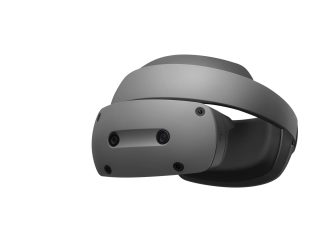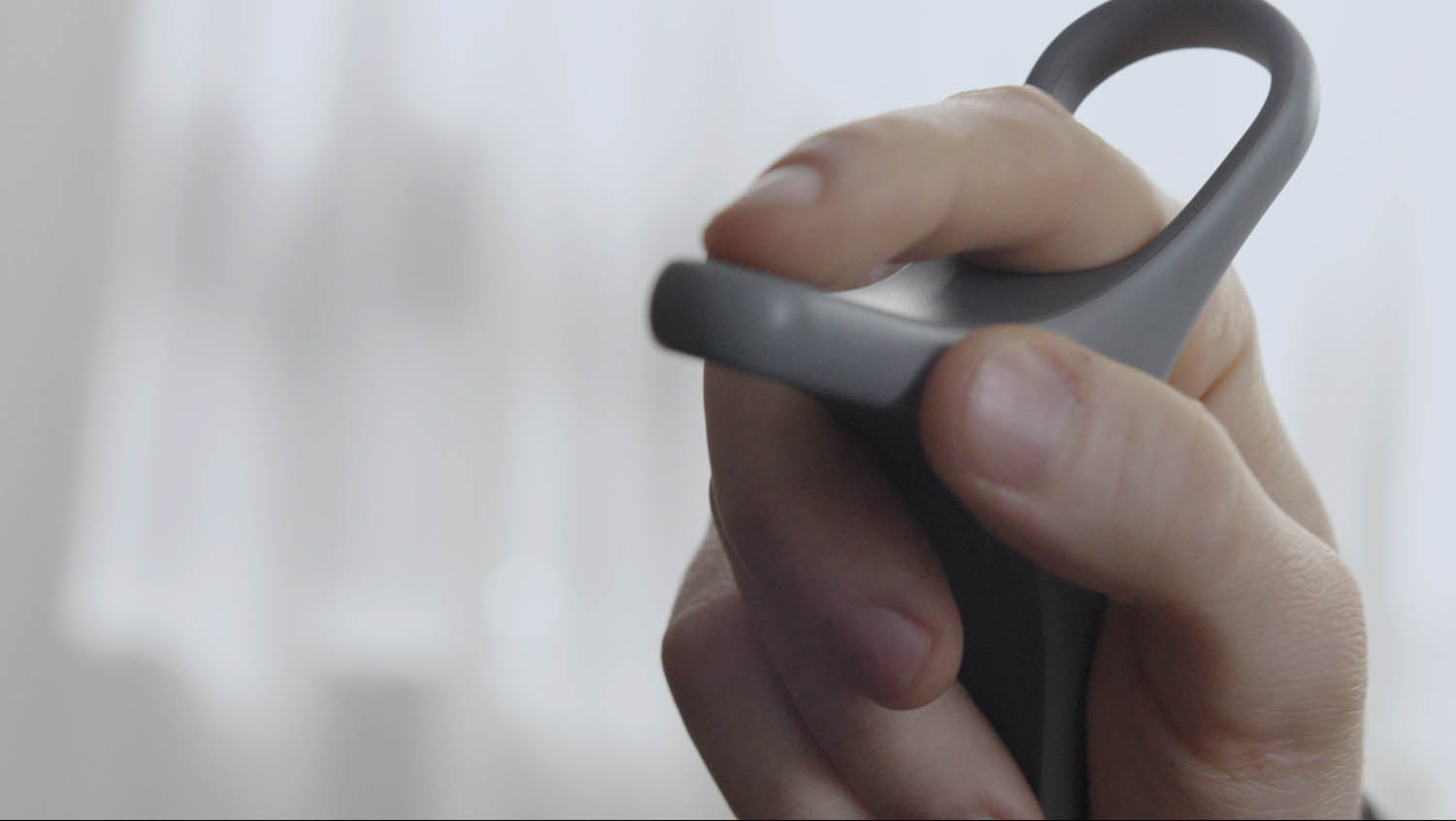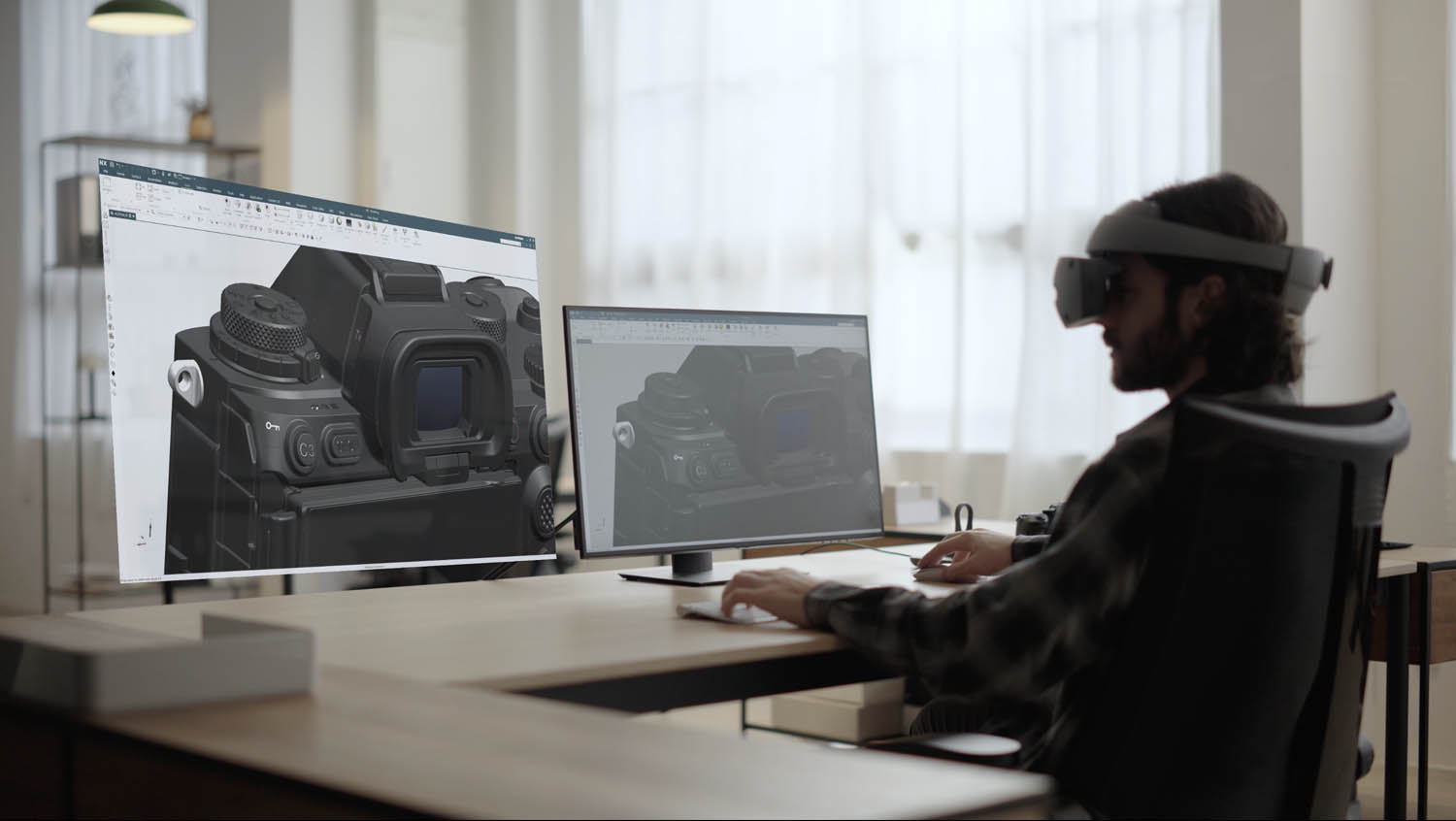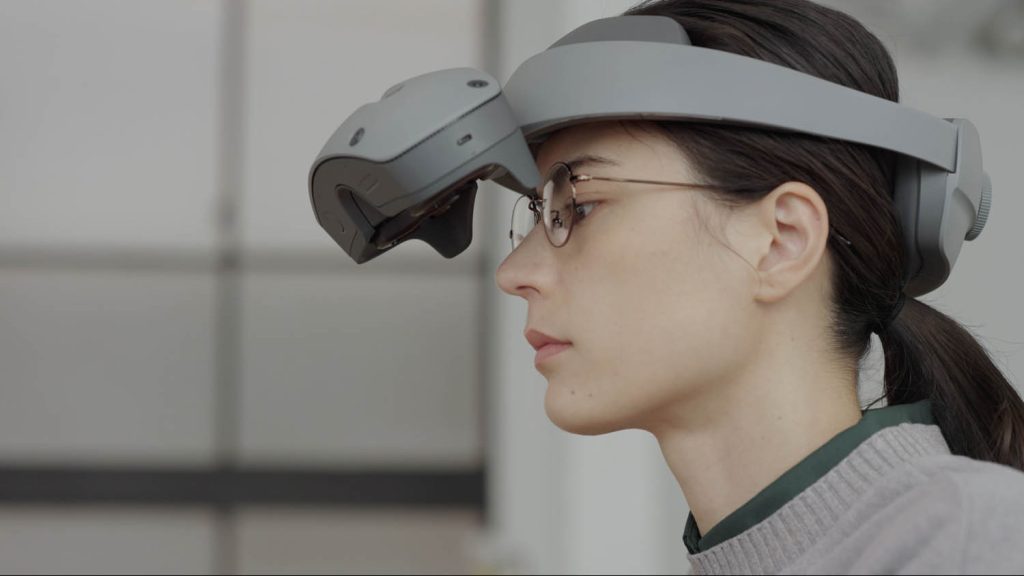At a recent series of launch events, Siemens has shown off the results of its XR collaboration with Sony. DEVELOP3D’s Emilie Eisenberg got to grips with the new headset and heard how software from Siemens aims to bring XR to life
At the UK Siemens Immersive Engineering event, held at the Advanced Manufacturing Training Centre in Coventry, several of Sony’s ‘immersive spatial content creation systems’ are set out, ready to be tested.
The event is part of a global unveiling, following the headset’s award-winning appearance at CES just weeks earlier. At locations across three continents – Madrid, Bologna, Paris, Eindhoven, Yokohama, Stockholm, Chicago, Seoul, Oakville and Coventry – guests from different industry sectors are getting the opportunity to try out the headset for themselves and to learn more about Siemens’ plans for the extended reality (XR) integration with its NX X software.

The Sony XR HMD, or SRH-S1 as it was named at its initial unveiling back in January 2024, comes with a number of designer-friendly features, from its flip-up visor to its precision controllers.
The handheld controls are simple. They include a stylus for the user’s dominant hand, with one button in easy reach of the index fi nger and one in reach of the little finger. For the non-dominant hand, there’s a ring that features two buttons to transform it into a tool for pinching things and picking them up.
The headset is fully adjustable and can be worn with glasses underneath. A 4K display off ering 3,552 x 2,840 resolution per eye off ers clear visibility. And importantly, the nauseous sensation that was sometimes triggered in users wearing earlier generation headsets is nowhere to be found here.
Although the headset is heavy, it is nicely balanced, although it may take some users time to get accustomed to its weight. Outer components are made from plastic rather than metal, helping reduce bulk, and a single cable connects the headset to a monitor. In this way, even those who aren’t wearing the headset get the opportunity to view what the headset user is seeing.
Visually, the headset’s interface is simple. Users can view a design in 3D and apply the tools to pick that design up and look at it from diff erent angles, to take out individual parts for inspection, and to slice a design in half and study it in cross-section. Users can also open a browser window and place it next to the design, editing in the browser by using the stylus as a mouse and watching the edits change the design in real time.
The XR HMD is compatible with NX X, Siemens’s cloud-based CAD and data management software. NX X’s latest update, which is automatically integrated into the headset, allows designers across multiple locations to make notes and edit a design. Multiple designers can create avatars and enter a space together, which makes examining and discussing a design easier to achieve than it would be via a monitor.

A different experience
Chris Abbott, Siemens Digital Industries pre-sales manager for product engineering, simulation and test solutions, explains that interacting with a design using the headset provides a diff erent experience when compared to using a traditional monitor.
He gives the example of sitting in a car. While you can see that a person will fit in that car on a monitor, does it tell you what it is actually like to be in that car?
“You don’t understand that perspective until you actually have that level of immersion,” he explains. “And this allows you to make those changes and be inside that vehicle again, very quickly.”
NX X also includes value-based licensing, a system designed to help Siemens customers use products that they might not typically prioritise when budgeting for the year. Through value-based licensing, customers can purchase tokens in increments of 50 and 100, which they can use on a product of their choosing.
This means that if a company only needs to use a software package a few times, instead of purchasing the programme as a standalone order, it can use tokens, which will return into a pool when its designer has finished using the software.

“We do a lot of work with automotive start-ups,” explains Abbott, as an example of where this new licensing scheme might prove useful.
The list of things that product designers and engineers in that industry have to consider – mechanical design, electrical systems, ergonomics, vehicle packaging, pedestrian protection, materials and composites – just goes on and on, he says.
“Buying all of these add-ons becomes very expensive for somebody who’s working within a budget, but they can achieve that with value-based licensing.”
The integration of NX X, meanwhile, means that a design team can use both monitors and the headset in its workflow, switching between a screen and an immersive environment to view the product in 3D without having to create expensive prototypes.
In future, Abbott envisions scenarios in which all the members of a team will use the XR HMD, and use the browser in the headset instead of a monitor. The way Siemens software is licensed, he adds, means they can integrate more features than previously possible.
“What we’re trying to do is reduce the boundaries between the immersive environment at the desktop. It’s the ability to do it all in the same place, without having to constantly disconnect from one to move to the other,” he explains, highlighting the fact that NX X can be opened normally in the headset with the product right next to it.
It was interesting to step back at the event and look at others using the HMD, some for the fi rst time, and see how quickly they became immersed and handy with the unique controllers.
“Once they’re in, and they get used to the weight of it and everything, the response is overwhelmingly positive,” observes Abbott.
The collaboration – Sony’s well-considered headset combined with Siemens’ functional and affordable software – looks like one that could finally bring viable and valuable XR to designers’ desktops.
Caption: (Main image): The flip-up visor makes it easy to switch between working modes
This article first appeared in DEVELOP3D Magazine
DEVELOP3D is a publication dedicated to product design + development, from concept to manufacture and the technologies behind it all.
To receive the physical publication or digital issue free, as well as exclusive news and offers, subscribe to DEVELOP3D Magazine here






